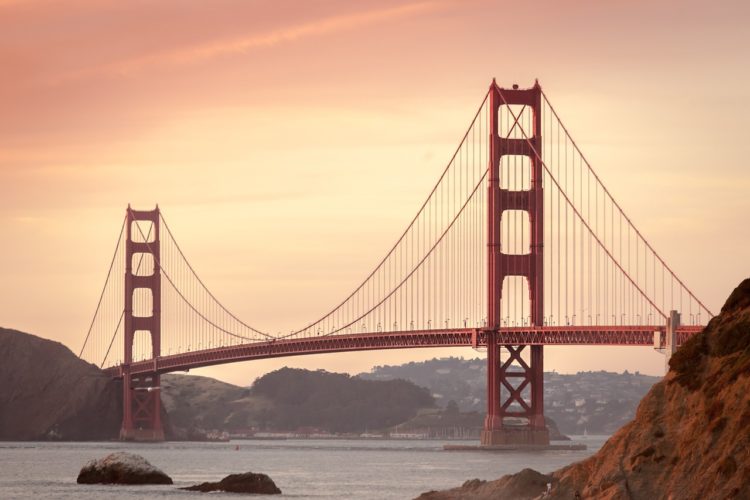July 31, 2015
By Paula Kehoe
Director of Water Resources. San Francisco Public Utilities Commission
Today, many Californians have a razor-sharp focus on water conservation and water supplies, in the wake of a drought that has amplified the scarcity of water. At the San Francisco Public Utilities Commission, we plan for our water future every day – whether we are in a drought or not.
In San Francisco, we have two decades of continuing conservation programs in place. That’s a good track record that has resulted in one of the lowest residential per capita consumption in the state, 44 gallons per person per day on average in 2014 (as low as 41 gallons per person per day in some months of 2015). Our customers are conserving and responsive to our messages to conserve, but our leaders are also forward thinking, taking legislative action to lead the way.
In addition to conservation, our Local Water Program includes the reintroduction of groundwater (well water) to our supply mix and treating wastewater for irrigation of our parks and golf courses. We’re also advancing the next step in recycled water programs: the use of alternative water sources for non-potable demands.
In 2012, our San Francisco Supervisors adopted the Onsite Water Reuse for Commercial, Multi-family, and Mixed Use Development Ordinance. Commonly known as the Non-potable Water Ordinance, it added Article 12C to the San Francisco Health Code, allowing for the collection, treatment, and use of alternate water sources for non-potable applications. This is a collaborative program involving three San Francisco agencies: San Francisco Public Utilities Commission (SFPUC), San Francisco Department of Public Health (SFDPH), and San Francisco Department of Building Inspection (SFDBI).
In October 2013, the ordinance was amended to allow district-scale water systems consisting of two or more buildings sharing non-potable water. This means graywater and blackwater, as well as nuisance water, such as foundation drainage, can be put to better use in these buildings. This water can be treated onsite and used for toilet flushing and other industrial uses. This July, the City adopted another ordinance mandating onsite reuse of non-potable water in new construction over 250,000 sq. feet.
In dense, urban centers like San Francisco, the use of on-site alternate water sources is a key strategy for expanding potable water savings. We are now starting to actively use:
- Rainwater – precipitation collected from roofs or other manmade above grade surfaces
- Stormwater – precipitation collected from at or below grade surfaces
- Graywater – wastewater from bathroom sinks, showers, and washing machines
- Blackwater – graywater and wastewater from kitchen sinks and toilets
- Foundation Drainage – nuisance groundwater that floods basements
We’ve studied the extent to which we can utilize recycled water within the City. We know that are best investment is to address large scale irrigation (such as parks and golf courses), and then to tackle plumbing and systems in new construction (or major renovation). Renovating our all of our buildings – both residential and commercial – with dual plumbing would be a monumental task, so by focusing on addressing large irrigation and new construction we can achieve the fastest impact.
These efforts are just a part of our Local Water Program to conserve and diversify our Bay Area water supplies. These programs allow us the flexibility to meet the diverse needs of our customers with an appropriate water source for their use.
These programs are already showing success. In five years, we saw our residential per capita use drop from 59 gallons per person per day in 2005, to 49 gallons per person per day in 2010. And five years after that, we’re as low as 41 gallons per person per day. We are leading the way in California and across the nation in pushing forward legislation that promotes alternative water supply use in new construction. We have six buildings in San Francisco already utilizing alternative water supplies, with another 30 buildings in the queue for permitting of new systems.
This is not the end of the story. We continue to meet with other utilities, and global partners, to discuss innovation in water supply planning, drought management, and reuse. Every water service area is different – but we can always learn what occurred, how problems were solved or solutions attempted. What worked for Australia can work for here, or perhaps, in Brazil… Only through continuing our discussions and learning from each other, can we continue to innovate and address our continuing needs.
We encourage everyone to learn more at sfwater.org/localwater.

